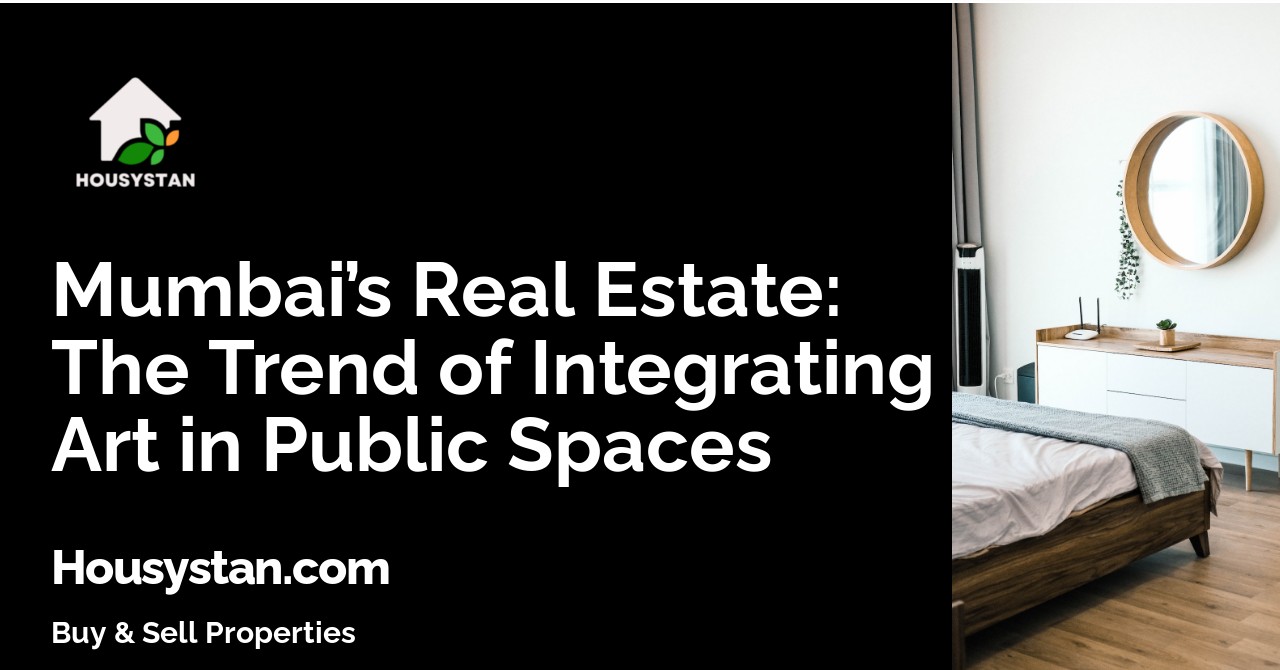Mumbai’s Real Estate: The Trend of Integrating Art in Public Spaces
Read latest blogs and articles from Housystan

The Information mentioned here was last updated on:
31/12/2025Mumbai’s Real Estate: The Trend of Integrating Art in Public Spaces
Mumbai, India’s financial powerhouse, is witnessing an exciting transformation in its urban landscape. Real estate developers across the city are increasingly recognizing the significance of integrating art into public spaces, creating environments that are vibrant, engaging, and culturally rich. This shift is not only redefining the city’s visual identity but is also fostering a sense of community among residents and visitors alike. As a result, Mumbai’s real estate ecosystem is evolving to reflect the city’s dynamic spirit, making it a prime destination for both investors and homebuyers seeking unique living experiences.
One of the key reasons behind this trend is the growing appreciation for public art as a medium to enhance the aesthetics of urban developments. Developers in neighborhoods such as Bandra, Powai, Lower Parel, and Andheri are commissioning murals, sculptures, and innovative installations that add character to residential complexes, commercial hubs, and mixed-use projects. These artistic endeavors not only beautify the surroundings but also serve as landmarks, attracting footfall and increasing property values in the process.
- Verified Tenants/Buyers
- Unlimited Property Listing
- Zero subscription/charges fee
Moreover, the integration of art in Mumbai’s public spaces goes beyond mere decoration. It acts as a bridge between the city’s diverse communities, encouraging social interaction and fostering a sense of belonging. Real estate projects now prioritize open plazas, landscaped gardens, and interactive installations where people can gather, relax, and connect. This approach aligns with global trends in urban planning, positioning Mumbai as a forward-thinking metropolis on the world stage.
From iconic graffiti walls in Worli to contemporary sculptures in Navi Mumbai, each artistic contribution tells a story unique to its locale. This geo-specific approach not only reflects Mumbai’s cultural heritage but also appeals to a cosmopolitan audience seeking authenticity. For those looking to invest or settle in the city, properties that embrace art in public spaces offer an unmatched lifestyle proposition—one that blends creativity, community, and convenience.
In summary, the integration of art in Mumbai’s public areas is elevating the city’s real estate market. By enhancing visual appeal, fostering inclusivity, and creating distinctive landmarks, Mumbai continues to set new benchmarks in urban design, making it a sought-after location for modern living and investment opportunities.